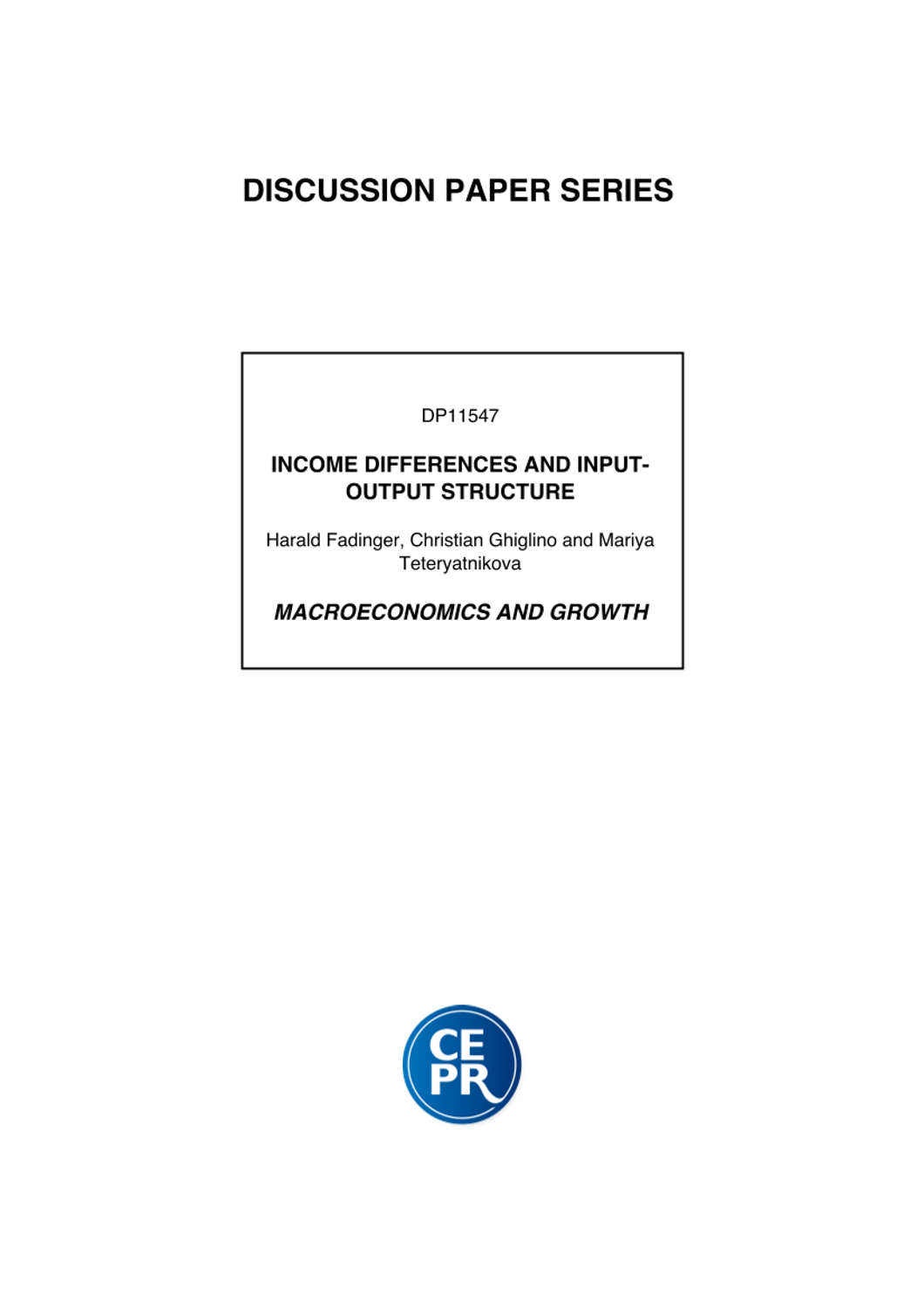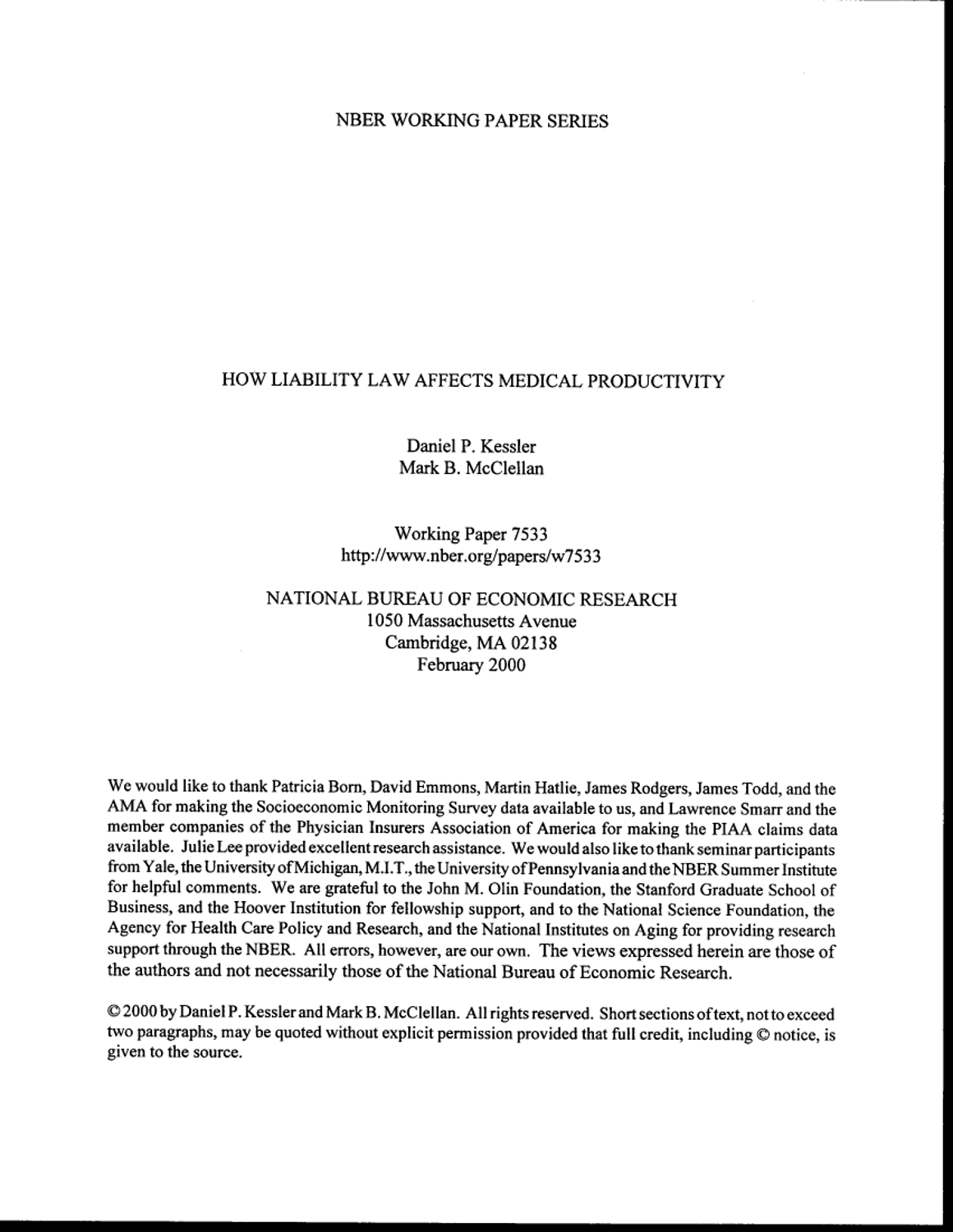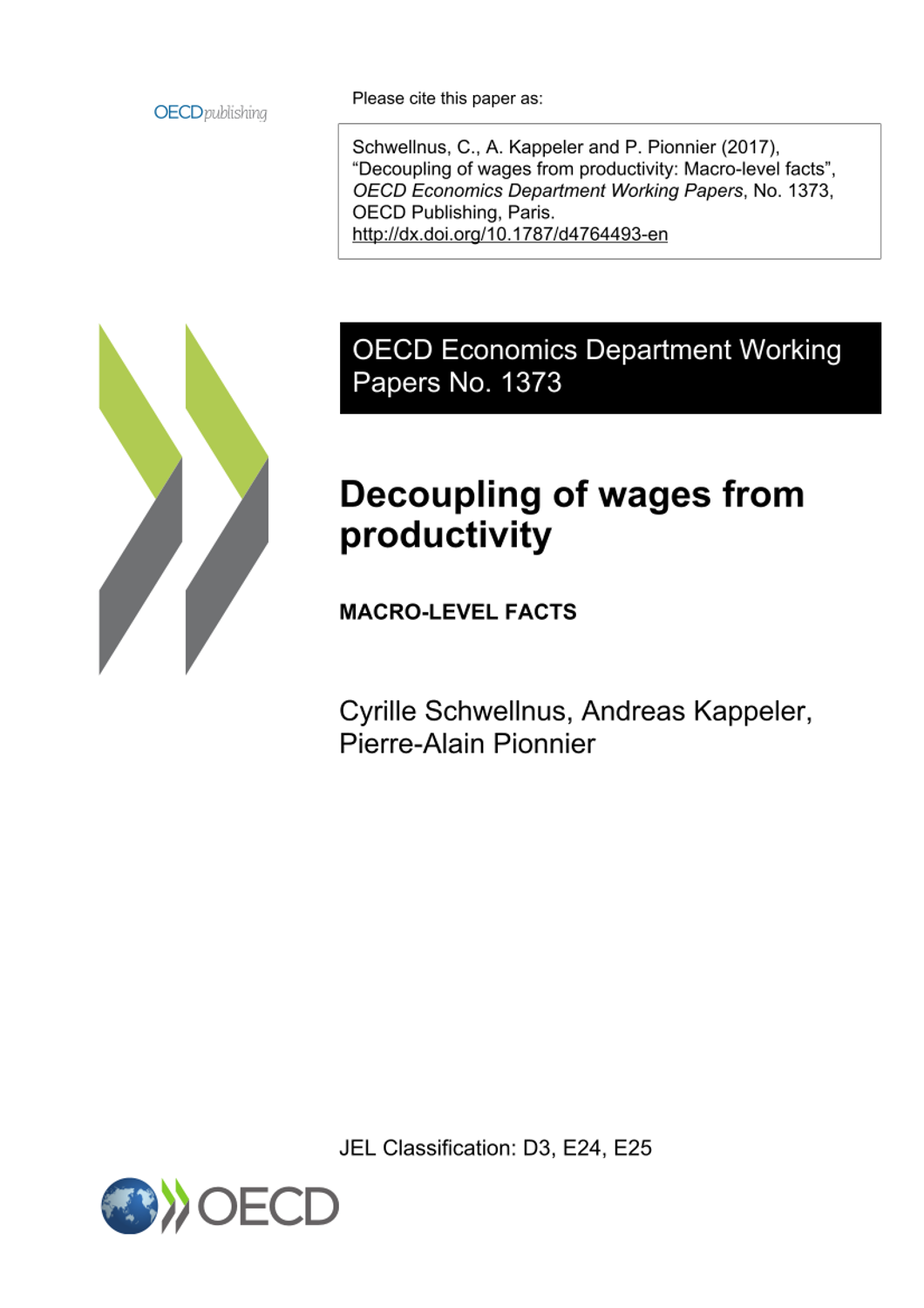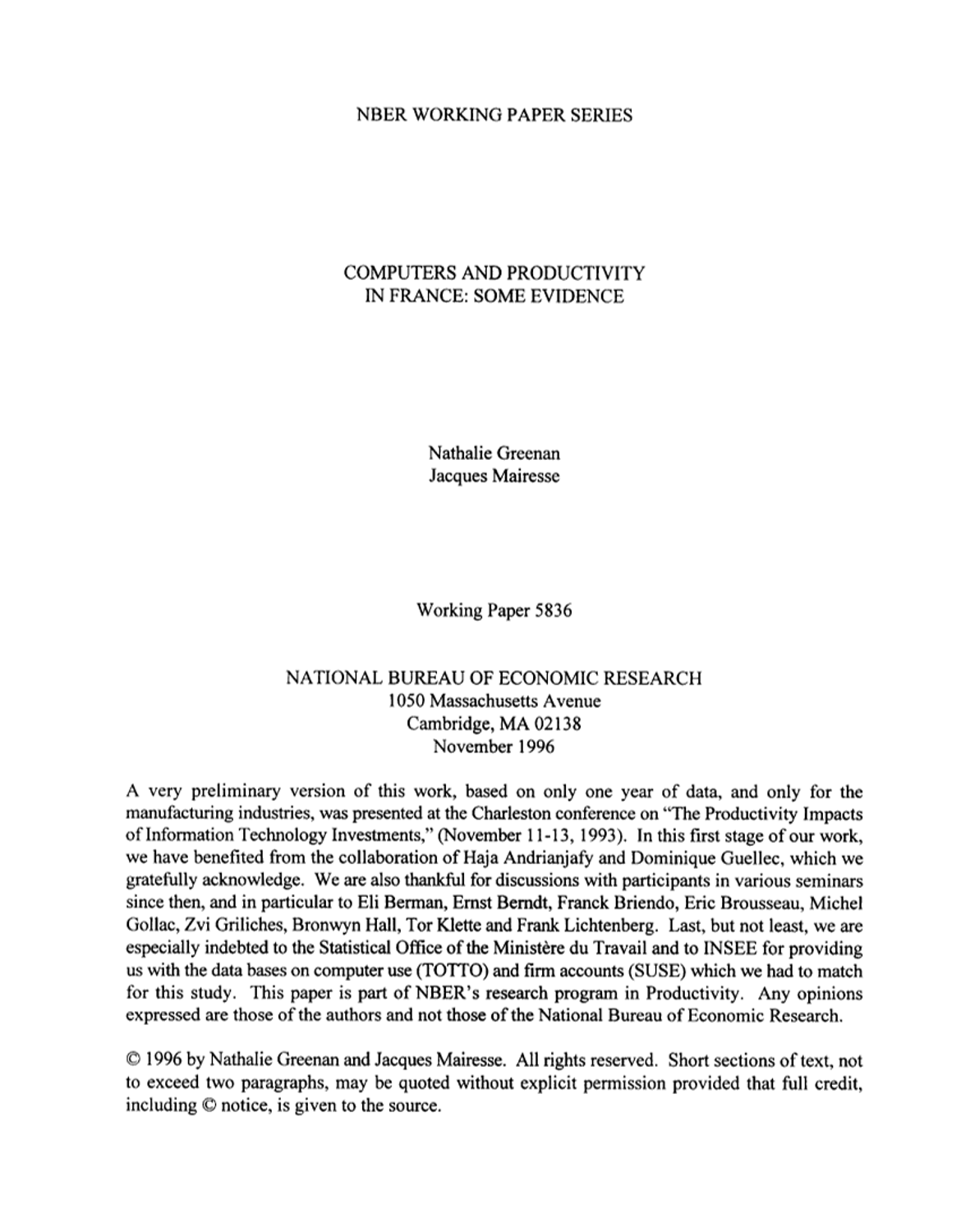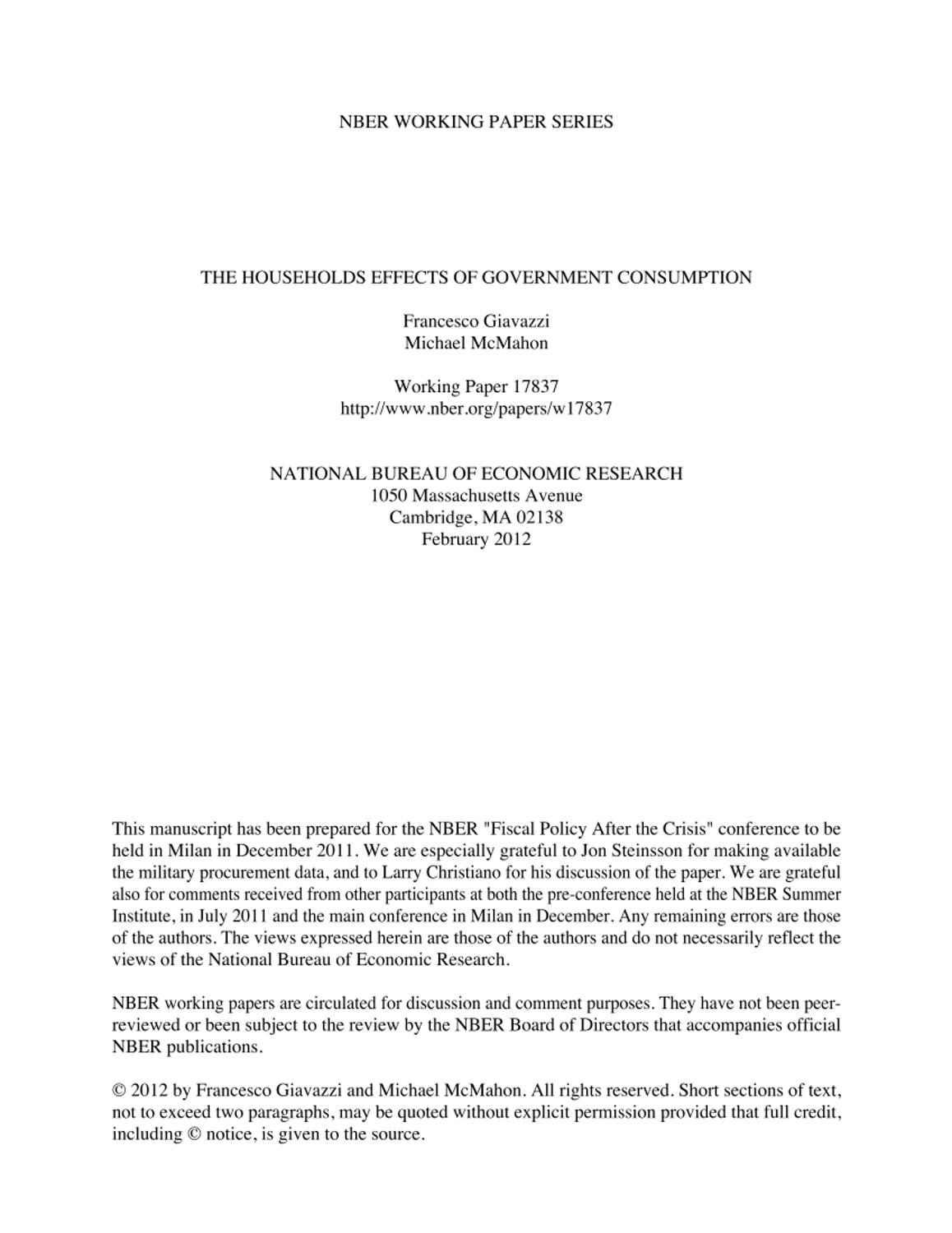단행본OECD Economics Department Working Papers 1414
Boosting productivity for inclusive growth in Japan
- 청구기호
- WP 1414
- 발행사항
- Paris : OECD Publishing, 2017
- 형태사항
- 49 p. :. PDF file ;. 2.68 MB
- 분류기호
- 듀이십진분류법->WP
- 키워드
- Productivity, Japan
책 소개
Never in the past 30 years has productivity growth been lower than since the 2008 global financial crisis, and never has income inequality been higher than it is today in Japan, and in the OECD area. The two challenges have some common origins, including a widening productivity and wage gap between leading firms and those that are lagging. This creates scope for positive synergy between policies to promote productivity and inclusive growth. Exit policy should be improved to facilitate the closure of non-viable firms, whose survival hampers the growth of viable firms in Japan. This would also increase firm entry, along with policies to promote entrepreneurship. The growing gap between small and medium-sized enterprises and large firms also needs to be addressed. Breaking down labour market dualism, which limits human capital accumulation by non-regular workers and contributes to earnings and income inequality, is also a priority. Finally, ensuring appropriate skills, including those needed for digitalisation, would help support higher productivity and inclusive growth.
목차
The common origins of the productivity and income inequality challenges 8
Improving exit and entry policies 11
Improving exit policy to ensure the closure of non-viable firms 11
Encouraging firm entry and entrepreneurship 18
Other policies to promote synergy between higher productivity and inclusive growth 22
Product market reform to promote entrepreneurship and innovation 22
Improving corporate governance 24
Innovation to promote productivity growth and social inclusion 27
Increasing international openness 29
Making the SME sector more dynamic 32
Directions for reform to improve government programmes for SMEs 35
Breaking down labour market dualism 36
Human capital and skills 40
Ensuring that digitalisation promotes inclusive growth 41
REFERENCES 44
Tables
1. Legal insolvency procedures in Japan 14
2. Personal insolvency regimes 16
3. Flows of R&D funds in 2014 28
4. Non-regular worker households suffer from a high poverty rate 38
5. Investment in Information and Communication Technology is low in small firms 42
Figures
1. Relative poverty in Japan is high 6
2. Productivity growth has slowed worldwide since the 1990s 7
3. Labour productivity in Japan remains about a quarter below the top half of OECD countries 8
4. The labour productivity gap between global frontier firms and other firms is widening 9
5. Productivity in Japanese firms has diverged significantly 10
6. Labour income inequality is positively correlated with productivity disparities between firms 10
7. Exit, bankruptcy and dissolution of firms in Japan 12
8. The share of non-viable firms in Japan is significant 12
9. Small firms in Japan tend to stay small 13
10. International comparison of corporate insolvency frameworks 15
11. Japan''s annual firm entry rate is lower than in other advanced economies 18
12. The share of entrepreneurs in Japan is low, especially among women 19
13. Views on entrepreneurship in Japan are negative 20
14. Access to entrepreneurial training and finance is relatively low in Japan, especially for women 21
15. The venture capital sector is relatively undeveloped in Japan 21
16. There is scope to align Japan''s product market regulation with OECD best practice 23
17. Share of institutional investors complying with the Stewardship Code''s principles 25
18. The share of companies with independent directors has increased rapidly 26
19. R&D spending is concentrated in large firms in manufacturing 28
20. Agricultural producer prices in Japan are high 29
21. Japan’s farm workforce is elderly: the age distribution of rice farmers in 2015 31
22. The level of foreign direct investment in Japan remains low 32
23. Productivity in small firms in Japan is low relative to large firms 33
24. The productivity gap between manufacturing and non-manufacturing has widened sharply 33
25. Public credit guarantees for loans to small and medium-sized enterprises have fallen significantly 34
26. Credit guarantees for small and medium-sized enterprises in Japan are exceptionally high 35
27. Non-regular employment is concentrated among women 36
28. The wage gap between regular and non-regular workers is large 37
29. Percentage of workers reporting a skill mismatch in 2011-12 40
30. Japan is lagging in the share of firms with broadband connectivity 41
Boxes
Box 1. Main policy recommendations for boosting productivity for inclusive growth 43

